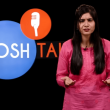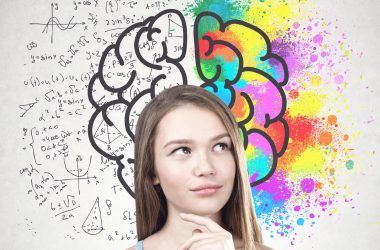What is Yoga? Why do People do it?
Yoga is a physical, mental, and spiritual practice that originated in India. It is used to maintain physical and mental health. Yoga is a series of poses, or postures, combined with deep breathing exercises.
“Calming the mind is yoga. Not just standing on the head.”
– Swami Satchidananda
The word “Yoga” comes from the Sanskrit word Yuj which means “to join, yoke or harness.” Yoga can be translated as “union”. Yoga has been around for over 5,000 years and was originally used in Hinduism as a way to connect body and mind with the divine. The goal of yoga is to unify the mind and body so that we can have inner peace.
ADVERTISEMENT
Yoga for Improved Mental Health
Yoga is a practice that has been around for thousands of years. It is well-known for its physical benefits, but it also boosts mental health. Yoga helps people to improve their mood, reduce anxiety and depression, and manage stress.
There are many different types of yoga that people can do. Some examples are Hatha Yoga, Jivamukti Yoga, Kundalini Yoga, and Bikram Yoga. The type of yoga that someone practices can depend on what they are looking to achieve in their life or what they need at the time.
How Yoga is Therapeutic Auto-Remedy to the Modern World
- Yoga is a therapeutic auto-remedy to the modern world.
- It can be a remedy for many of the ailments that come with modern life.
- It is also a way to combat stress, anxiety and depression, both physical and emotional.
- Yoga helps with mental clarity, physical flexibility and emotional stability.
- The practice of yoga has been proven to have many benefits, including reducing depression and anxiety levels in people who do it regularly.
5 Ways Yoga Fights Brain Aging & Age-Related Diseases
Yoga is a physical, mental and spiritual practice that originated in India over 5000 years ago. Yoga includes postures, breathing exercises and meditation. Yoga has been shown to have many benefits for the mind and body.
ADVERTISEMENT
The practice of yoga can help fight brain aging by keeping the brain active through a wide range of cognitive tasks. It also helps to decrease age-related diseases like Alzheimer’s disease and dementia.
- Yoga improves cognitive function: Studies have found that practicing yoga for as little as 12 weeks can improve cognitive function such as memory, attention span and reaction time.
- Yoga reduces stress: Stress is one of the leading causes of disease in America today; it has been linked to high blood pressure, heart disease, diabetes and depression among other negative effects on the body.
Yoga Poses to Benefit the Brain
Yoga is a physical and mental practice that has been used for centuries to improve health and well-being. It includes a series of postures, breathing techniques, and meditation or relaxation. Yoga poses can be used to benefit the brain by improving blood circulation, reducing stress levels, increasing focus and concentration, and relieving anxiety.
There are many different types of yoga poses that can help people with different needs. For example, if someone wants to improve their focus or concentration they might do a pose that requires them to balance on one foot for a long time. If someone is feeling anxious they might do a pose where they are lying down flat on their back with their legs up in the air (called corpse pose).
ADVERTISEMENT
How You Can Prevent Stress with Yoga
There are many benefits of yoga that can help reduce stress. Yoga is a practice that helps to reduce stress, anxiety, and depression. Yoga is also an effective way to manage physical pain and promote overall health. Yoga is a practice that helps to reduce stress, anxiety, and depression. Yoga is also an effective way to manage physical pain and promote overall health.
Procommun Suggestions
procommun.com








